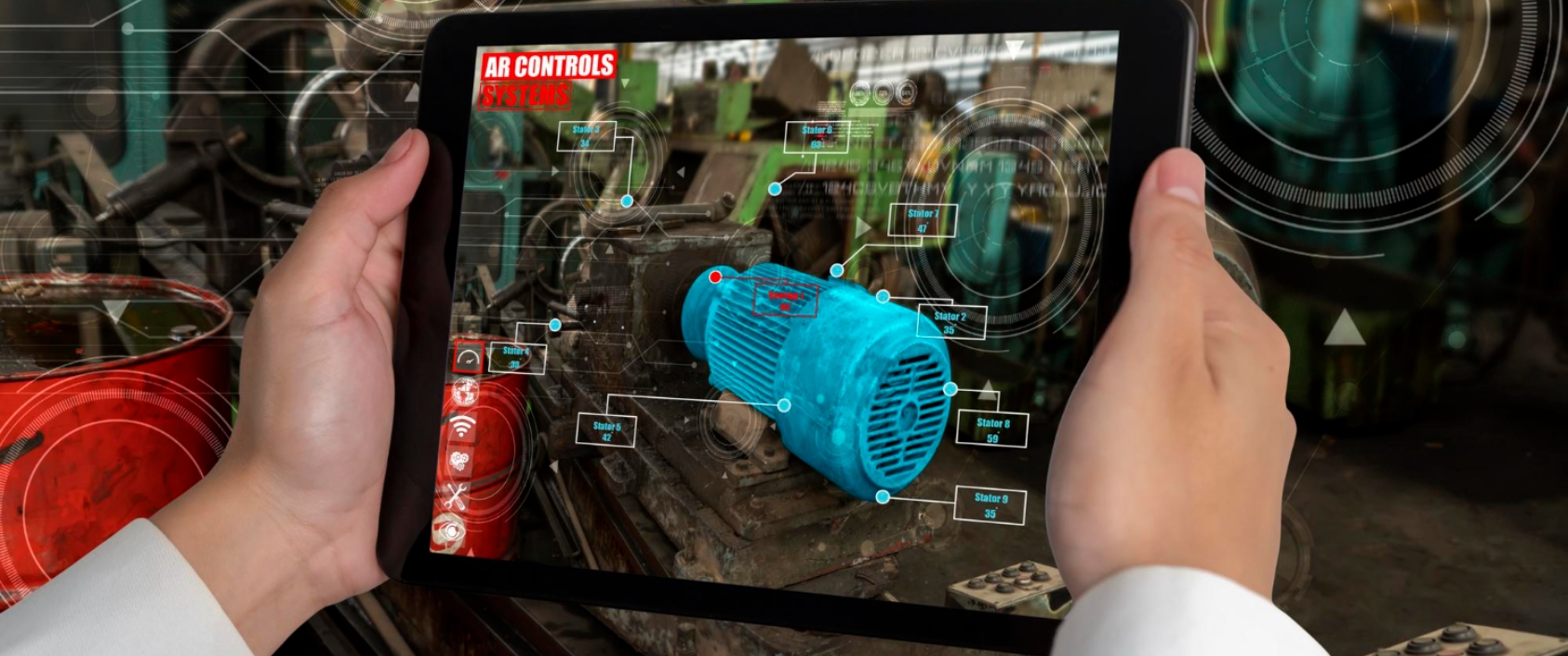
Visual recognition, a subset of artificial intelligence (AI), has transformed how we interpret and analyze visual data. This technology powers computers to mimic human vision, understanding images and videos in a way that used to be impossible.
In today’s business landscape, visual recognition is a key differentiator. Companies can process vast amounts of visual data with unmatched speed and accuracy. This is changing industries for the better, from retail to healthcare.
Learn more about this transformative technology at Flexible Vision.

The journey of visual recognition technology has seen huge milestones.
From early image recognition software to advanced deep learning models, each innovation has expanded the capabilities of visual recognition, making it more accurate and versatile.
Now, AI visual recognition systems are more sophisticated than ever. They incorporate algorithms that can detect, classify, and respond to visual data in real time, opening new possibilities in many industries.

Visual recognition is revolutionizing retail, e-commerce, and semiconductor manufacturing, improving customer experiences and streamlining quality control in production.
In retail, visual recognition technology is reshaping customer experiences. Through visual search capabilities, customers can find products by simply uploading an image.
This not only enhances user experience but also drives sales by giving tailored product recommendations.
Essentially, AI visual data processing in e-commerce personalizes the shopping experience, making it more engaging overall.
Visual recognition in semiconductor manufacturing integrates with workstations for better monitoring and control, as per the Journal of Intelligent Manufacturing.
The results? More efficient production processes and higher quality outcomes.
In semiconductor production, x-ray inspection is vital for quality control. Visual recognition technology enhances the accuracy of these inspections, spotting defects that aren’t seen by the naked eye.
Quality control in soldering processes is another area where visual recognition technology excels. Analyzing images of soldered components ensures high-quality production standards.
Manufacturing industries benefit enormously from image recognition technology in detecting and inspecting product defects. It ensures quality, reduces waste, and increases efficiency. By analyzing visual data, this technology identifies areas for improvement in manufacturing.
At Flexible Vision, we offer an end-to-end factory solution for all your machine vision needs. Experience our technology designed for today’s industry.

Visual recognition systems offer unmatched precision and accuracy, revolutionizing real-time processing and scalability across many industries.
The precision of modern visual recognition systems is astounding. High-fidelity image recognition ensures that even the tiniest details are captured and analyzed accurately.
One of the biggest challenges in image analysis is the reduction of false positives and negatives. Advanced AI visual recognition technologies address this issue, making visual data interpretation more reliable.
Start innovating your production processes today with Flexible Vision.
The ability to process visual data in real time is a game-changer. It supports instant decision-making, which is critical in environments where time is a luxury.
Real-time processing allows a dynamic response to changing visual data. This adaptability is important in various applications, from security surveillance to autonomous vehicles.
Modern visual recognition systems are designed to handle large datasets efficiently. This scalability is great for businesses dealing with vast amounts of visual data.
Efficient handling of visual data not only speeds things up but also optimizes resource utilization. Businesses looking to maximize their return on investment will find this feature extremely useful.

Implementing state-of-the-art visual recognition technology in a business setting requires a strategic approach.
The first step in this process is the collection and preparation of data.
Start by gathering a comprehensive dataset that accurately reflects the visual scenarios the AI system will encounter. Quality data is the foundation of effective visual recognition, as it trains the AI to recognize and interpret images accurately.
Next, select the right models and frameworks.
There are many AI models available, each with its pros and cons. The choice depends on the specific requirements of the business, such as the type of images to be processed, the desired accuracy, and the processing speed.
It’s important to choose a model that balances these factors effectively.
Overall, businesses should consider the computational resources required for these models.
Some AI models require significant computational power, which will impact the cost and scalability of the system. Cloud-based solutions offer scalability and flexibility, but businesses must consider data privacy and security concerns.
After choosing the appropriate model, it’s time to integrate it into existing systems. This integration requires technical expertise.
Take your production to a whole other level now with Flexible Vision.
According to Itmagination, customizing and fine-tuning visual recognition models help harness their full potential. Tailoring these models involves adjusting parameters and algorithms to suit specific business needs and objectives.
The customization process includes training the model on specific types of visual data relevant to the business, such as images of particular products or scenarios.
Fine-tuning also involves adjusting the sensitivity of the model.
For instance, in a security application, a high level of sensitivity might be required to detect potential threats. However, in a retail setting, too much sensitivity might lead to false positives in product recommendations.
Simply put, the customization process is not a one-time effort. It requires ongoing adjustments and improvements as the business evolves and as new types of visual data are encountered.
Businesses should also consider user feedback in the fine-tuning process. User interactions with the AI system will give great insights into its performance.
Measuring ROI involves looking at various factors, such as the reduction in manual labor costs, improvements in process efficiency, and increases in sales or customer satisfaction due to enhanced user experiences.
For example, in a retail setting, TechSci Research notes that the impact of visual recognition technology can be measured by the increase in sales resulting from more accurate product recommendations. In a manufacturing context, the ROI is evident in the reduced number of defective products and improved quality control.
Competitive benchmarking is another important aspect. It involves comparing the performance and outcomes of visual recognition systems with industry standards or competitors.
This benchmarking helps businesses understand where they stand in the market and identify areas for improvement.
Effective measurement of ROI and competitive impact requires setting clear metrics and regularly reviewing them. Businesses should establish key performance indicators (KPIs) related to image recognition technology and track them over time to assess the technology’s effectiveness.
In summary, the advantages of visual recognition in the business world are vast and varied. From enhancing precision and efficiency to providing real-time insights, this technology is a cornerstone in the digital transformation of many industries.
At Flexible Vision, our team each comes from 20+ years in the automation and vision world and has experienced all the pain points of implementing traditional vision systems on production lines.
Visual recognition is an AI-powered technology that allows machines to identify and process images and videos, mimicking human vision. It involves recognizing various elements in visual data, such as objects, faces, and even emotions. This technology is applied in many fields, from enhancing personal device functions to complex tasks like medical diagnostics and security surveillance.
In retail, it drives personalized shopping experiences and visual search capabilities. In healthcare, it assists in accurate disease diagnosis. In manufacturing, it plays a crucial role in quality control, and in security, it enhances surveillance systems.
The primary benefits of visual recognition include improved accuracy in interpreting visual data, meaning less human error. It enhances efficiency by automating processes that rely on visual data analysis. The technology is scalable, handling vast volumes of data effectively. It also offers real-time processing capabilities, crucial for timely decision-making, and improves the user experience in consumer-focused industries.
Businesses can implement visual recognition by initially gathering and preparing relevant visual data. Choosing an AI model that aligns with their needs in terms of accuracy and speed is crucial. Integration with existing business systems, customization to recognize specific patterns, and ongoing refinement based on new data and user feedback are also key steps in the implementation process.
The ROI of visual recognition technology is evident in various areas: cost reduction through decreased manual labor, increased sales due to improved customer experiences, enhanced product quality in manufacturing, time savings in data processing, and gaining a competitive edge. Businesses should define specific metrics to effectively measure these benefits, comparing performance before and after the use of image recognition technology.